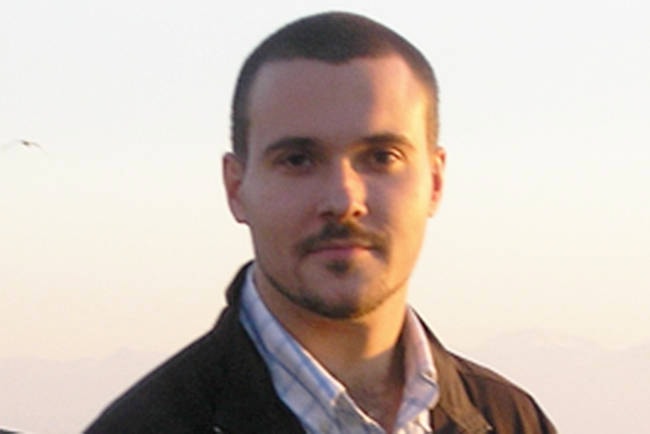As with other technologies, big telescopes sometimes outlive their usefulness or just need to be replaced with something even bigger and more capable.
The Canada-France-Hawaii Telescope, a 3.6-metre aperture telescope that has operated from atop Mauna Kea, Hawaii, since 1979, could soon give a last gaze at the stars. Plans call for it to be replaced by the Maunakea Spectroscopic Explorer, an 11.25-metre aperture device that can make rainbows.
The MSE will be constructed on the CFHT’s existing foundation and when completed will be able to view thousands of stars simultaneously and break down their spectroscopic signatures – split their light emission into their spectra, much as a prism does to visible light – to reveal such things as the elements stars are composed of and the direction they’re travelling through the universe.
When it becomes operational, possibly by 2027, the MSE will be able to survey approximately 1 million objects per month to help answer questions about the formation of stars and galaxies, according to the MSE’s webpage. Canada, from developing the early design sketches to leading the design of the observatory to maturity, has been one of the leaders in the project.
Special guest speaker at the Nanaimo Astronomy Society’s February meeting is Alan McConnachie, one of the originators of the MSE concept who served as project scientist 2014-2018 and is currently the MSE project spokesperson. He will present Into the Future with the CFHT at the Nanaimo society’s February meeting.
McConnachie said in a press release that he will tell the story of the CFHT and its planned transition to MSE.
“I will describe the exciting opportunities for the country and its international partners to tackle key science ranging from the nature of the dark matter particle to the origins of the elements of the periodic table,” he said.
McConnachie received his PhD in astrophysics from the University of Cambridge in 2005 and has held post-doctoral positions at the University of Victoria and the Dominion Astrophysical Observatory and a has been a DAO research officer since 2011. McConnachie specializes in observational studies of nearby galaxies, their resolved stellar populations and the tools needed to understand them.
Chris Boar, NAS president, will also give a short presentation on his recent visit to Houston, Tx., where he took the VIP tour of NASA’s Johnson Space Flight Centre.
The meeting happens Thursday, Feb. 27, 7 p.m., at Beban Park social centre.
To learn more, visit www.nanaimoastronomy.com.
photos@nanaimobulletin.com
Like us on Facebook and follow us on Twitter
